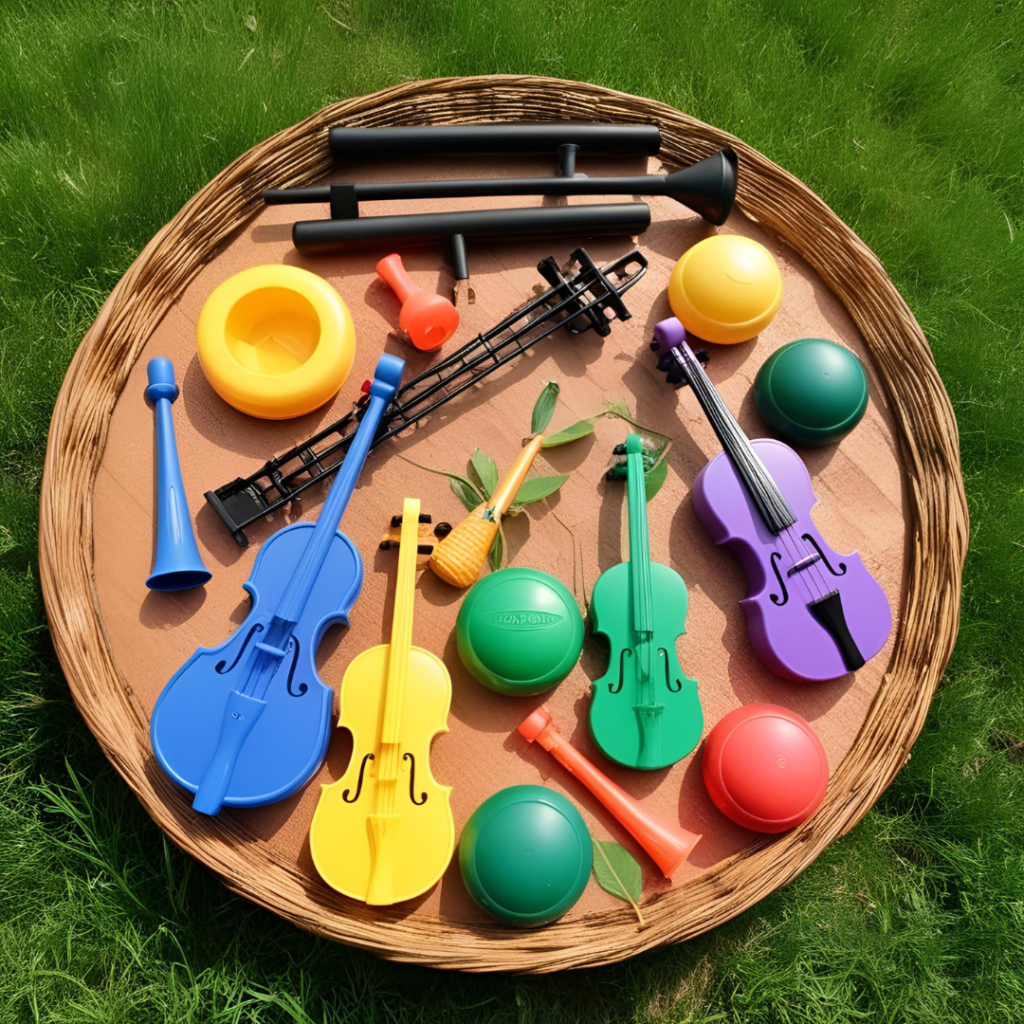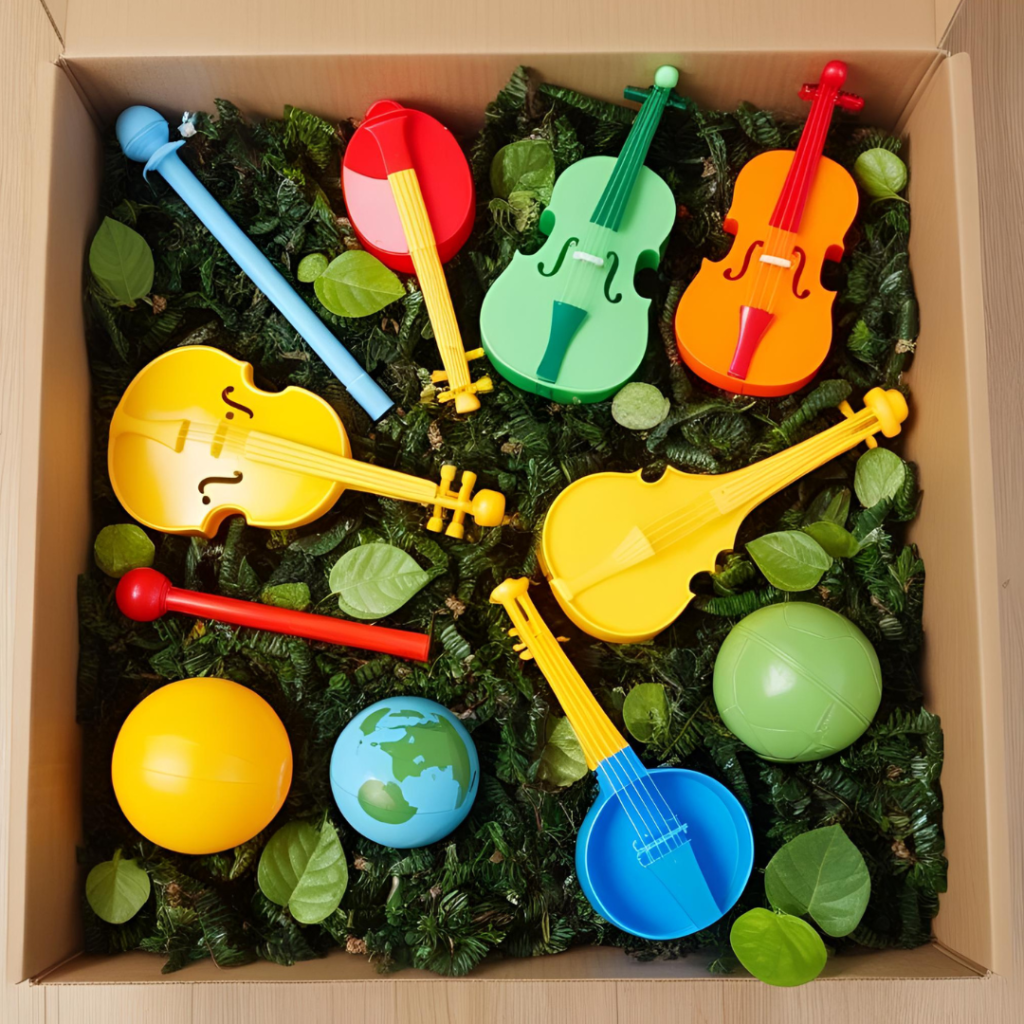Music has been an integral part of human culture for centuries, and so have the instruments that bring melodies to life.
Traditionally, instruments were crafted from wood, metal, or even bone. But in recent years, plastic has found its way into the music scene, offering an affordable and durable alternative.
While plastic instruments are great for beginners and budget-conscious musicians, their impact on the environment raises some important questions.

Why Are Plastic Instruments So Popular?
Plastic instruments have become a go-to option for many, especially for kids, students, and casual players. They’re lightweight, easy to carry around, and much cheaper than their wooden or brass counterparts.
Plus, thanks to 3D printing technology, the music world has seen even more plastic creations popping up. But while these instruments are practical and accessible, there’s a catch: they’re not so great for the planet.
The Environmental Downside
As convenient as plastic instruments are, they come with a hefty environmental cost. Here’s why:
1. They Don’t Break Down Easily
Plastic can take hundreds of years to decompose. That means if a plastic violin gets tossed in the trash, it’ll sit in a landfill for generations. Not exactly music to Mother Nature’s ears.
2. Their Production Pollutes
Making plastic instruments requires petroleum-based materials, which take a lot of energy to produce. This process releases carbon emissions, contributing to climate change. So while you’re playing your favorite tune, there’s an environmental price being paid.
3. Recycling Isn’t Easy
Unlike a simple plastic bottle, many plastic instruments are made with mixed materials—think metal screws, synthetic strings, and various plastic blends. This makes them tough to recycle properly, meaning most end up as waste.
4. Microplastics Are a Problem
Over time, plastic instruments can break into tiny fragments. These microplastics seep into the environment, harming wildlife and even making their way into the food chain. That’s a serious issue we can’t ignore.
What Can We Do About It?
Thankfully, there are ways to make the world of music more eco-friendly. Here are a few ideas:
1. Choose Sustainable Materials
Some manufacturers are now using biodegradable or recycled materials to create instruments. Bamboo and sustainably sourced wood make fantastic alternatives to plastic, offering rich tones without the environmental guilt.
2. Support Recycling Programs
If you’re getting rid of an old instrument, look for take-back programs. Some companies and retailers will accept used instruments for proper recycling or repurposing.
3. Invest in Quality, Not Quantity
A well-made instrument lasts longer and doesn’t need to be replaced as often. Taking good care of your instrument—whether it’s plastic or not—can keep it out of the landfill for years to come.
4. Buy From Eco-Conscious Brands
Some music brands are taking sustainability seriously. Do a little research and support companies that prioritize eco-friendly production practices. Every purchase is a vote for the kind of world we want to create.

Final Thoughts
Plastic musical instruments have opened doors for many aspiring musicians, making music more accessible than ever. But as we enjoy the convenience, it’s important to think about the bigger picture.
By making mindful choices—whether it’s opting for sustainable materials, recycling, or simply taking care of what we already own—we can strike a balance between music and environmental responsibility.
After all, a healthier planet is something worth playing for.
